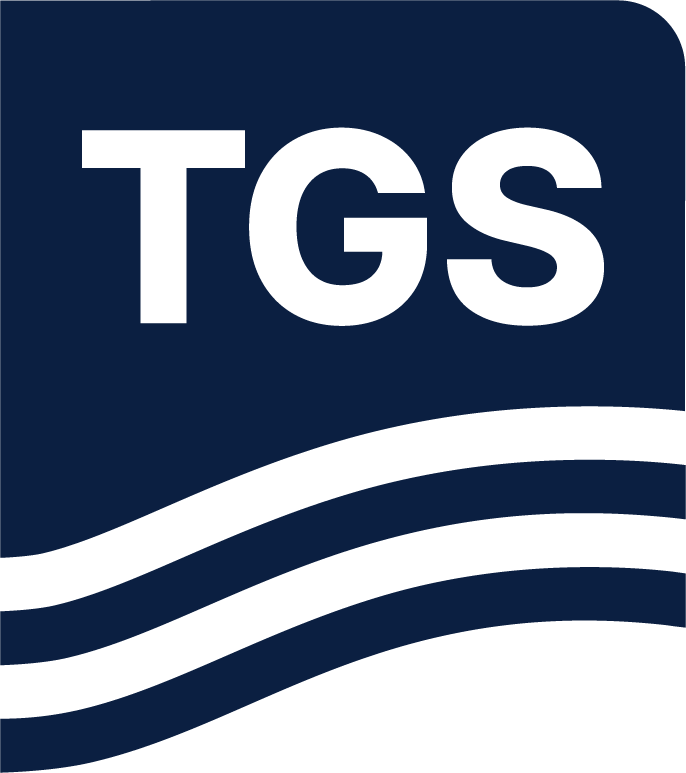Paper Summary
The main reservoirs in the Balder and Ringhorne areas consist of large Paleocene sand mounds as well as Eocene sands, including thin and steeply dipping injectite bodies. Imaging of the targets in the legacy towed-streamer data is challenging due to sub-optimal signal-to-noise ratio, kinematic distortions caused by the complex overburden, and limited illumination provided by the narrow-azimuth surveys. Recent acquisition of the dense Heimdal Terrace OBN survey provided access to full azimuth, longer offsets, and higher trace density. Through state-of-the-art processing of the up-going wavefield and high-frequency velocity model building in conjunction with better illumination from the OBN data, a significant uplift was achieved in AVO attributes and structural imaging, with less wave-fronting noise that obscured the mapping of targets in the legacy data. In the near surface, the shallow illumination was further expanded by joint primary and multiple imaging, to enhance lateral and vertical resolution and reduce the acquisition footprint to a negligible level.

